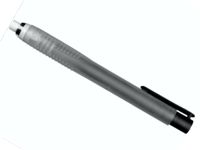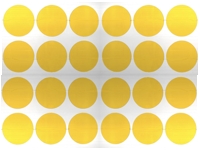|
Outline
This procedure is used to remove BGA devices that have been underfilled with non-reworkable epoxy underfill.
|
|||||||||||||
|
Procedure
|
9.5.1 BGA Component Removal, Machining Method
Procedure covers the process for removing a BGA component that was installed using non-reworkable underfill.
Minimum Skill Level: Expert
Conformance Level: High
REQUEST FOR QUOTE GUIDES INDEX

BGA Component Removal, Machining Method

For help with BGA rework, contact the globally recognized authority, trusted by aerospace, defense, and electronics manufacturers.
LEARN MORE













